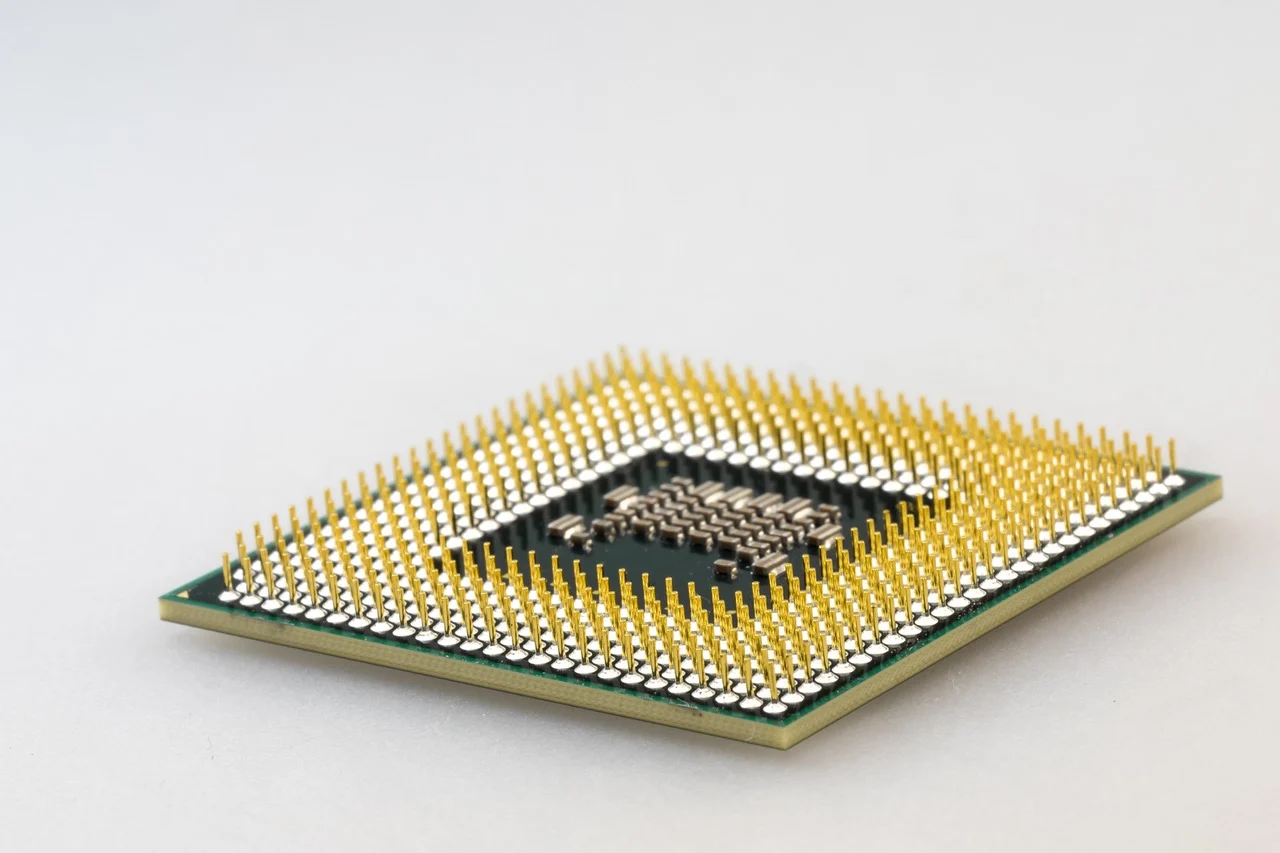If you are planning on being a programmer or a software engineer, then you need a top-notch laptop. There’s no reason why you shouldn’t invest in an excellent workstation that will help you get things done. As a programmer, you will need a laptop that is specifically designed for your needs. Read ahead to find out what type of specs programmers or would-be programmers should look for in a new laptop:
Hard Drive

The hard drive is the first spec you should check out when buying a programming laptop. Most current laptops have solid state drives (SSD drives). These drives perform faster than traditional hard drives as they are more efficient at accessing pieces of stored data. An SSD hard drive should be preferred by programmers, even if you can get a standard hard drive for less. A 256GB SSD is quite adept at handling basic to moderate programming and computing needs. One downside of SSD drives is that they don’t back much internal storage. On the other hand, you can get a standard hard drive with as much as 1TB storage. While a 1TB standard hard drive is also adequate for programming needs, it’s advisable to prioritize speed over storage capacity.
As a programmer, you will end up going through a number of software programs and files. You may even test the code you have written. For these requirements, what you really need is speed. As for storage, you can always expand it with an external hard drive. Maximum speed, on the other hand, is preset. So, when you buy a programming laptop, get one with an SSD drive.
RAM and Memory

RAM memory is what executes the codes you write in software programs. The higher the RAM capacity is, the more efficient your computer will be at executing code. More RAM means your computer will be executing more code at any given time. Meaning, your computer will be faster. Do not confuse RAM memory with internal hard drive memory. RAM cards in laptops can be replaced without replacing the entire hard drive.
For programmers, RAM is everything. The standard RAM capacity for regular laptops is about 4GB. This amount is usually sufficient for basic computing needs. However, for programmers, it’s recommended to buy a laptop with at least 8GB of RAM. Ideally, you should go for a laptop with 16GB of RAM. That would cost a bit more, but the memory capacity will be absolutely useful on the long run.
Also, be on the lookout for the type of RAM available. You may see computer specs for DDR1 or DDR2 RAM. This is a frequency that indicates the speed of the RAM cards. A DDR4 RAM card will be much faster than a DDR1 RAM card. So, try to get a computer with a higher frequency RAM number.
The Processor

Of course, the processor is one of the most important things to look out for when buying a programming laptop. The processor, or the CPU, of your laptop is the brain so to speak of your computer. It’s the thing handling everything from memory storage to display graphics on your laptop. If you want a faster computer that can run programs smoothly, you need a really good CPU. Even if you buy a computer with high storage and RAM, if the processing unit is old, then the functionality of the computer as a whole would suffer.
Processors are often measured in the number of gigahertz. This number shows how many clock cycles the CPU can perform in any given second. However, it’s a mistake to measure a CPU by this number alone. Gigahertz number can vary between older and new processors. For example, an older processor, like Intel Celeron, could have a higher gigahertz number than a new processor, like the Intel i5. This doesn’t make Celeron better than i5. In terms of performance and efficiency, newer processors are always better.
Choose a programming laptop with a relatively new processor, like an Intel i5 or an i7. Processors with multiple cores often perform better than single-core processors. For example, you will see dual-core and quad-core processors listed as specs. The higher the number of cores are, the speedier the CPU will be.
There’s a bit of controversy regarding processor brands. Almost all computers have Intel processors. You may occasionally see AMD processors as well. These two brands are trusted and therefore recommended when buying a new laptop. It’s best not to buy a processor from a brand you don’t immediately recognize.
Look Beyond Performance Specs
Yes, performance is important, but other factors should be weighed in when buying a laptop. Programmers need to sit in front of monitors for long hours and type. So, also consider how comfortable the keyboard is to use. You can buy a more ergonomic keyboard if preferred, but you will still need a good in-built keyboard to type when travelling and such. Also, quite importantly, pay attention to the screen size and resolution. Don’t buy laptops with tiny screens. Bigger screens between 12 to 16 inches reduce eye strain. Some laptops feature eye strain reduction features, like dim reading light. You may want to consider such extra “comfort” features as well.
Screen resolution refers to a number indicating pixels the screen can show. Good resolution means images are sharper and less pixelated. Keep in mind that if you buy a larger screen over 15 inches, you will need a higher resolution for graphics not to look blurry. However, for programmers, graphics should not be an issue. If you are programming for games, you will need a laptop with a good screen and a graphics card. Most laptops come with an integrated graphics card suitable for playing games like Minecraft. If you are coding for games that are more graphics intensive, you might want to consider a gaming laptop with an ace graphics card.
Some programmers also prefer to have computers with longer battery lives. However, don’t be too hopeful regarding this. Laptop batteries rarely exceed 6 hours on a single charge. When you are working, battery life will vary anyway. Consider battery life specs the last. It’s more important for a programming computer to have a good processor, an efficient SSD drive and excellent RAM capacity. Once all these boxes have been checked, then check for battery life.








